Brazil is one of the safest and most breathtaking countries in South America.
The country consists of 26 individual states and a growing population – over 215 million people.
Brazil is an unforgettable destination known for its iconic beaches and tropical culture.
Unfortunately, no country is perfect.
Luckily, the Brazilian government has implemented policies to make the country safer.
Overall, Brazil’s crime rate is relatively high – 40% higher than the United States.
However, as with all nations, some cities are safer than others.
Ultimately, knowing the potential dangers of one’s surroundings is the first step to safe travel, no matter the destination.
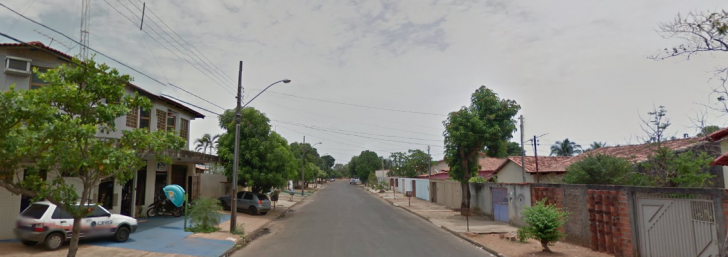
Contents
1 | Palmas
Palmas is one of the fastest-growing cities in Brazil.
It is the capital city of the rainforest state of Tocantins and sits on the banks of the Tocantins River.
While Palmas is known for beautiful rivers and diverse wildlife, this small central Brazilian state is rapidly expanding.
And currently, Palamas has a population of well over 306000.
Palmas has been one of the safest cities in Brazil for the last ten years.
Despite continued crime rates declining, causing many links the lower crime rate to the reduced organized gang and criminal activity.
Getting around Palamas is easy, with accessible transportation, including buses, trains, and ferries.
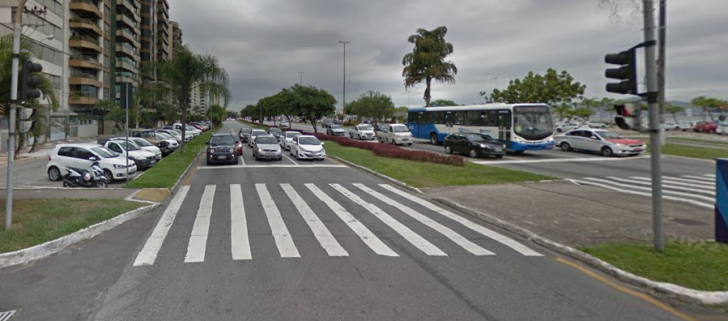
2 | Florianopolis
The capital of Santa Catarina, Florianopolis, is an island city in Southern Brazil.
Divided by a mountain range, most of the city’s 1.28 million residents live on the central island.
A robust and intimate community, Florianopolis is one of the safest cities to live in South America.
The decade-long decrease in reported crimes supports the city’s reputation as a safe destination.
The lush environment of beaches and nature reserves is a popular destination for adventure seekers and outdoor enthusiasts.
Lagoa da Conceição, a saltwater lagoon, accommodates both windsurfing and boating.
And the Pedro Ivo Campos Bridge connects the island to the mainland.
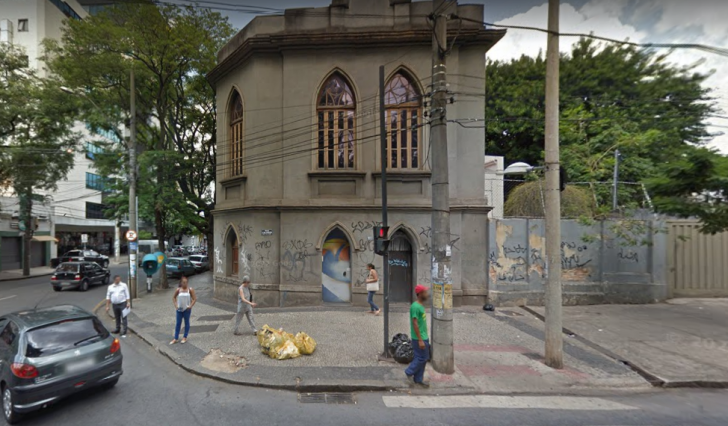
3 | Belo Horizonte
Located in Southeastern Brazil, Belo Horizonte is the capital city of Minas Gerais and nestles between two mountain ranges – Serra do Curral and Serra da Moeda.
Belo Horizonte is a moderate-sized city with 2.7 million people, which is reputed as one of the safest places in Brazil.
The city also ranks as a top beautiful city in Brazil, known for its breathtaking vistas and modern architecture.
But, whether you are marveling at the Niemeyer-designed Church of St Assassi or wandering the exhibits at the Brazilian Football Museum, violence can happen.
The most recent reported statistic boasts Belo Horizonte’s low homicide rate and a declining crime rate, but petty crimes, such as pickpocketing, theft of opportunity, and tourist scams, occur daily.
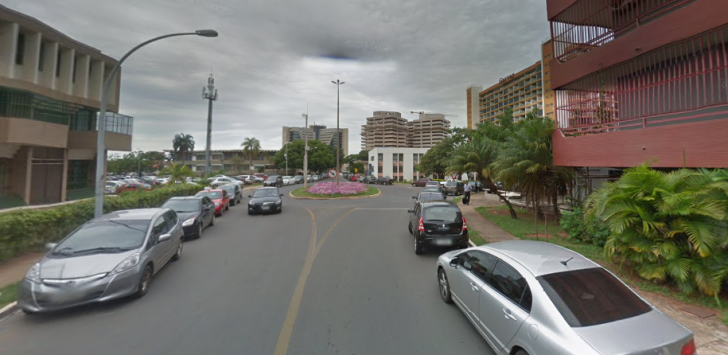
4 | Brasilia
Brazil’s capital city, Brasilia, is home to almost 5 million people.
It is located in the central-west Brazilian highlands and is considered an extraordinary example of 20th-century modernist urbanism.
The World Heritage Organization declared the city a UNESCO site in 1987.
Brazilia’s overall reported crime rates are low compared to other major cities in Brazil.
And the capital city remains safe.
Brasilia has a highly educated population that complements less unemployment.
Developing a highly-skilled, educated, and working people is considered a primary factor in the consistently declining crime rates.
Unfortunately, street crime, including theft and robbery, is still highly prevalent.
While relatively safe, visitors should watch their surroundings to prevent being targets and minimize crimes of opportunity.
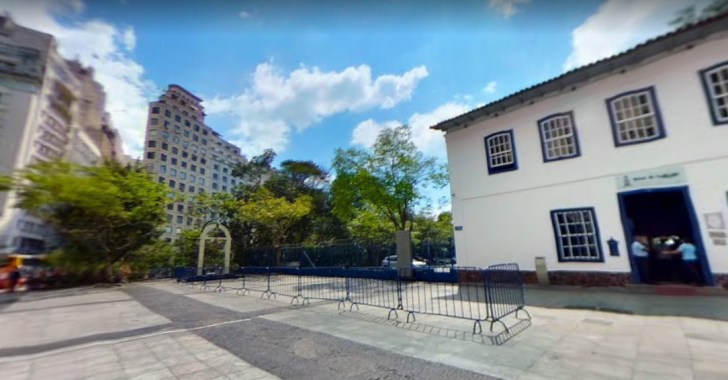
5 | Sao Paulo
São Paulo is an international city.
The area boasts a population of over 20 million and is considered the industrial and economic hub of South America.
Sampa, as the city is known, has something for everyone.
The megacity offers dozens of museums, neo-Gothic architecture, a thriving shopping district, and restaurants to suit every craving and budget.
There is also a 24/7 bar and club scene.
While you are out on the town, it is easy to notice a strong police presence to protect visitors and Paulistanos.
Fortunately, the crime rate in Sao Paulo is lower than in Rio de Janeiro or other cities in Brazil.
As with many cities, Sao Paulo has some favelas.
But overall, violent crime is declining, but petty theft, including pickpocketing, is common.
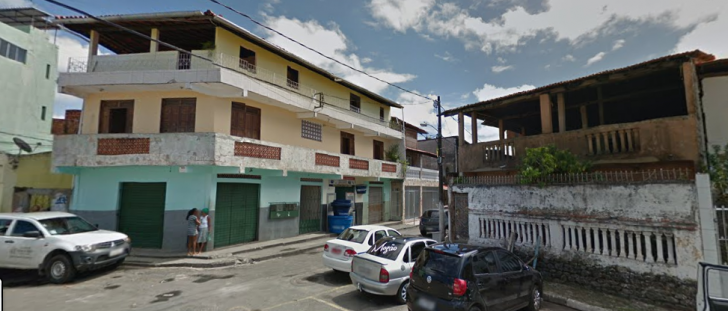
6 | Salvador
Salvador is Brazil’s third-largest city, with three million people.
Salvador is located directly on the Bay of All Saints and is famed for its many Baroque colonial churches.
The capital of Bahia, this moderate-sized northern town, is a beach lover’s paradise.
The historic Afro-Brazilian city is a popular international destination.
But, visitors should take reasonable precautions – securing valuables and remaining in groups.
Poverty and unemployment rates are high, and so are gangs and syndicate-related crimes.
However, recently the city has begun efforts to reduce criminal activity – additional police, city cameras, and even social media.
As a result, crime rates are decreasing.

7 | Rio de Janeiro
Rio de Janeiro is Brazil’s largest and one of the most beautiful cities globally.
Just the abbreviated name evokes visions of warm tropical winds, sun-bleached beaches, and non-stop festivals.
Rio de Janeiro is a cultural mecca, home to museums and beautiful architecture.
It is also home to the iconic 38-meter Christ the Redeemer statue atop Mount Corcovado.
Overall, the city is a safe place to visit and live.
However, Rio de Janeiro is also famous for its sprawling favelas.
These are shanty towns where high crime rates persist – mainly theft.
And visitors should take precautions to protect one’s safety and valuables.
To combat crime, Rio de Janeiro has developed one of the highest rates of police presence per capita worldwide.
This has resulted in a noticeable decline in its murder rates.
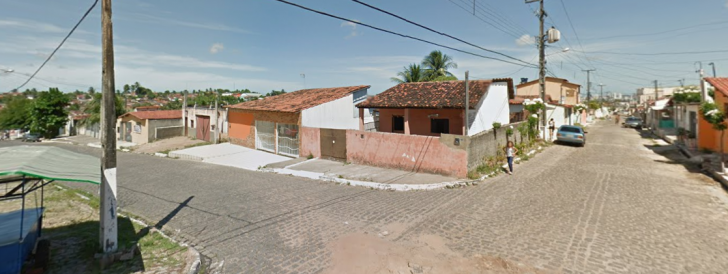
8 | Natal
Natal is Rio Grande do Norte’s capital city.
This small nation-state sits on Brazil’s upper northeastern tip.
Founded as a 16th-century Portuguese fortress, Natal is known for its pristine beaches and slow pace and is one of the top tourist destinations in Brazil.
The population of Natal is just under 900900 people, and its economy relies heavily on tourism.
This self-sufficient beach community is the second safest capital in Brazil, with fewer murders and robberies reported than other Brazilian cities.
The city’s overall crime rate has declined steadily over the past few years, dropping over 5% in the past year alone.
Natal is the perfect place for South American travelers to relax in the sun safely.
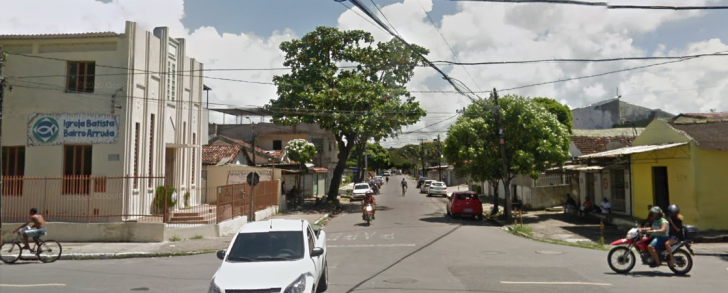
9 | Recife
Recife is the fourth-largest city in Brazil and the capital city of the northeastern state of Pernambuco.
Located on the upper northeastern coast, Portuguese colonists founded Recife in the 16th century.
Currently, with a population of 4 million, this gritty city offers visitors a vibrant historical and cultural scene.
And trendy restaurants complement smaller food bars.
Think NYC with a tropical flair.
Once known as Brazil’s Wild West, organized criminal activity declined – reducing violent crimes reported.
To encourage a growing tourism economy, Recife most recently adopted a “zero-tolerance” policy for crime.
This hard-line resulted in a decline in common robberies and theft – providing a safe and serene city.
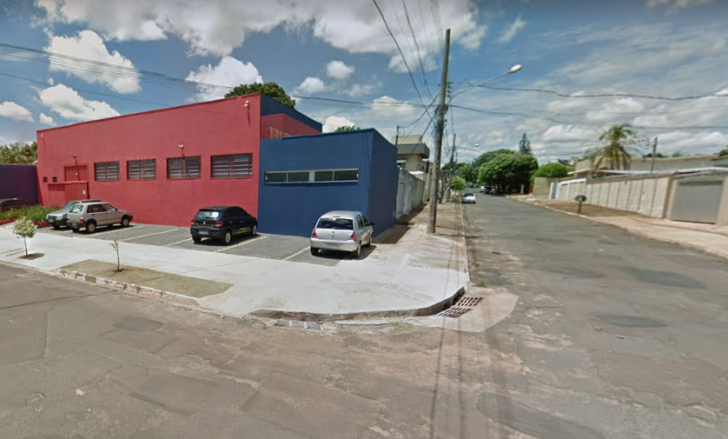
10 | Campo Grande
As Mato Grosso do Sul Estado’s capital city, Campo Grande sits on the border of Brazil, Bolivia, and Paraguay.
And it lies near the headwaters of the Anhanduí River.
Despite a population of 90000 residents, the property and violent crime rates in Campo Grande are low, which creates a safe environment, even at night.
Additionally, the reported crimes have declined over the past decade due to the city-wide implementation of “Safe City.”
This unique approach to law enforcement deters crime by placing cameras throughout the city, creating proactive surveillance to keep the city safe.
5 Safety Tips for Traveling to Brazil
- Share your travel plans. Let the people you trust know the details of your travel plans. Text or email pictures of people, places, and even IDs for safety.
- Avoid posting on the internet. Keep things general when posting updates to social media accounts.
- Do not accept rides from anyone who approaches you. Instead, use radio taxis from reputable companies. When possible, book directly from the hotel or a restaurant. Don’t hail taxis on the street
- Back up critical data. Make a physical copy of credit card numbers, driver’s license numbers, passport, and birth certificate. Also, make a physical copy of credit card numbers, driver’s license numbers, passport, and birth certificate.
- Separate your valuables. Cities are known for pickpockets. Keep cash and passports in a separate pocket.
Brazil Safety Overview
READ THE FULL REPORT: Brazil Safety Review
Safety Index:
- OVERALL RISK: MEDIUM
- TRANSPORT & TAXIS RISK: MEDIUM
- PICKPOCKETS RISK: MEDIUM
- NATURAL DISASTERS RISK: MEDIUM
- MUGGING RISK: MEDIUM
- TERRORISM RISK: LOW
- SCAMS RISK: MEDIUM
- WOMEN TRAVELERS RISK: MEDIUM
Frequently Asked Questions
How does Brazil rank globally on crime?
Brazil has the seventh-highest crime rate globally, with exceptionally high rates of violent crime.
But crime statistics also show that Brazil’s most massive problem is organized crime – drug trafficking and corruption are also issues in Brazil.
What are Brazilian Favelas?
Like most cities, even the safest Brazilian cities have more dangerous sections.
These slum areas are known as Favelas in Brazil and can be dangerous to solo travelers.
The best defense is to understand which neighborhoods to avoid and stay aware of your surroundings.
Is Brazil safe for women?
With caution, Brazil is generally safe for women to travel in groups or solo.
Unfortunately, there is a high risk of gender-based harassment due to culture and crime rates.
Catcalling is common and best ignored.
The best way to ensure safety is to understand the culture, and the risk may help keep you safe.
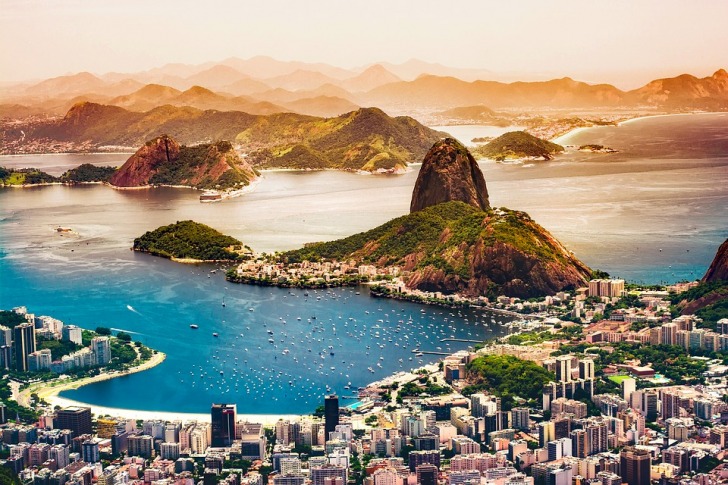
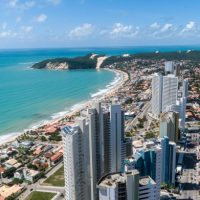
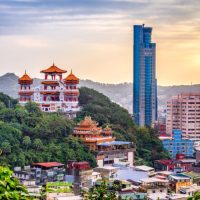
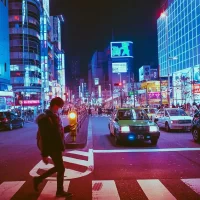
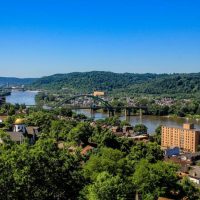

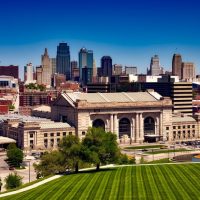





Safest city to travel to in Brazil by far is Balneario Camboriu, there you can walk around at night speaking english and not have to worry at all.
How far is it from Campo Grande in Rio Brazil?
About a thousand kilometers
Balneário é pequena, mas até o Cristiano Ronaldo tem casa no Brasil e familiares, nem é a maior do Sul, só no Rio tem 30 cidades com mais de 100 mil, e 2 com mais de 1 milhão fora as com 50 mil
Although some modest progress may have been made in some areas, it is still a statistical chance you are taking.
I’ve had the pleasure of exploring one of these cities, and the strong sense of security and the warmth of the local community made it a memorable experience.
Sure, in the tourist areas there are Police everywhere.
Go to the areas where everyday people live with your brand new iPhone in your hand and see what happens.
It’s commendable to see these cities in Brazil prioritizing safety and investing in their communities. It’s a testament to their commitment to providing a secure environment for residents and visitors.
While Florianopolis is one of the safest cities here, Salvador and Natal can’t be on on the list 10 safest cities as they are some of the most dangerous Brazilian cities. Salvador is even one of the most dangerous cities in the world, and was called “the murder capital of Brazil.” You can check the statistics and get more insight.